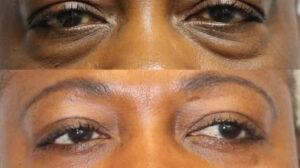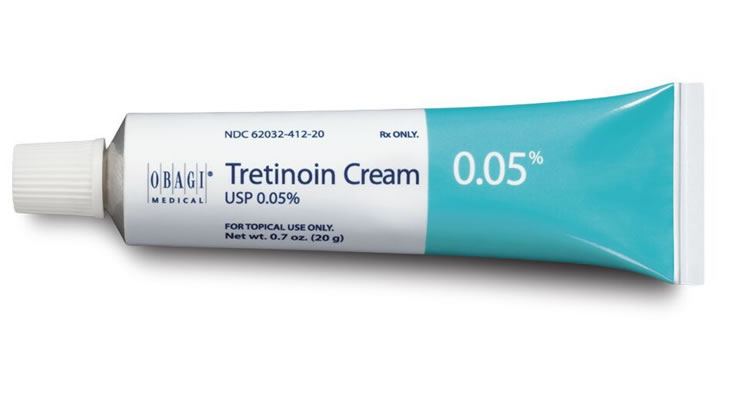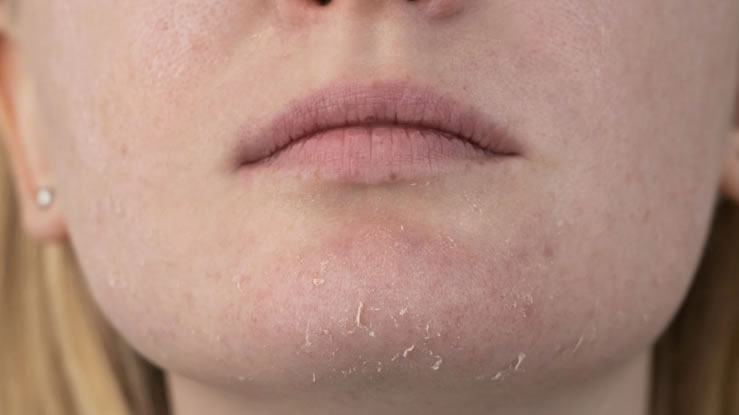Plastic surgery is often seen as a way to enhance appearance, correct physical imperfections, and boost confidence. However, not all procedures go as planned. Botched plastic surgery refers to cosmetic or reconstructive procedures that result in undesirable, unnatural, or even harmful outcomes. These surgeries can lead to physical deformities, medical complications, or severe emotional distress for the patient.
This article will explore the causes, risks, famous cases, and ways to prevent botched plastic surgery, helping individuals make informed decisions before undergoing any cosmetic procedure.
What Causes Botched Plastic Surgery?
Several factors contribute to a botched plastic surgery, ranging from surgeon errors to poor post-operative care. Below are some of the most common causes:
1. Inexperienced or Unqualified Surgeons
One of the biggest reasons for botched plastic surgery is choosing an inexperienced or unqualified surgeon. Many patients fall for cheap procedures performed by uncertified doctors, leading to disastrous results. A qualified plastic surgeon should be board-certified, well-trained, and experienced in the specific procedure you want.
2. Unrealistic Expectations
Patients who expect extreme transformations may be disappointed with their results. Plastic surgery has limitations, and sometimes, expectations do not match what is realistically possible. Surgeons should provide honest assessments before the procedure.
3. Poor Surgical Techniques
Even a certified surgeon can make mistakes if they lack precision or use outdated methods. A poor incision, incorrect implant placement, or excessive tissue removal can lead to permanent damage or unnatural-looking results.
4. Infections and Post-Surgery Complications
Failure to follow post-operative care instructions can result in infections, scarring, or other complications. Patients must take proper care of wounds, avoid smoking, and follow all prescribed medications and recovery guidelines.
5. Cheap or Unsafe Procedures
Many individuals seek affordable options abroad or in unregulated clinics. While “medical tourism” is common, it carries risks. Some clinics may use substandard materials, leading to infections, implant rejection, or unnatural-looking results.
6. Repeated Surgeries on the Same Area
Too many surgeries on the same area can weaken the skin and tissues, making it difficult to achieve a natural look. Overfilled lips, stretched skin, or excessively tightened facelifts are common examples of botched plastic surgery caused by excessive procedures.
Signs of a Botched Plastic Surgery
A failed cosmetic procedure is not always obvious immediately after surgery. Some signs develop over time. Here are some clear indicators of botched plastic surgery:
- Uneven or Asymmetrical Results – One side of the face or body may appear different from the other.
- Excessive Scarring – Some scarring is normal, but poorly done surgery can leave visible or raised scars.
- Overly Tight Skin – Facelifts that are pulled too tightly result in a “windblown” or unnatural look.
- Lumpy or Misshapen Features – This often happens with breast implants, liposuction, or butt lifts.
- Nerve Damage or Numbness – Loss of sensation in certain areas may indicate nerve damage.
- Breathing Difficulties (Rhinoplasty) – A botched nose job may cause trouble breathing or a collapsed nasal structure.
- Pain and Infection – Persistent pain, redness, or pus drainage could mean infection or rejection of implants.
Read Also>>>The Unseen Struggles: What Is the Most Painful Cosmetic Surgery Recovery List?
Famous Cases of Botched Plastic Surgery
Jocelyn Wildenstein (“Catwoman”)
Jocelyn Wildenstein is one of the most famous cases of botched plastic surgery. The socialite underwent multiple facelifts, eye lifts, and lip procedures in an attempt to achieve a feline look. However, her extreme transformation resulted in an unnatural and exaggerated appearance.
Donatella Versace
The fashion designer is known for having undergone various cosmetic procedures, including lip fillers, facelifts, and nose jobs. Critics argue that her excessive surgeries have altered her natural beauty.
Pete Burns
The late singer of “You Spin Me Round” underwent extensive cosmetic procedures, including lip injections and facelifts. He later admitted to suffering complications from multiple surgeries.
Michael Jackson
The pop icon underwent multiple rhinoplasties (nose jobs) and other procedures, leading to a drastic transformation. Over time, his nose became thin and fragile, showing signs of botched plastic surgery.
Hang Mioku
This South Korean woman became famous after injecting cooking oil into her face following multiple cosmetic procedures. This extreme case highlights the dangers of addiction to plastic surgery.
How to Avoid Botched Plastic Surgery
While the idea of enhancing one’s appearance is appealing, taking precautions can help you avoid the risks of botched plastic surgery. Here are some essential tips:
Choose a Board-Certified Surgeon
Always verify the credentials of your surgeon. Board certification ensures that the doctor has undergone rigorous training and follows medical safety standards.
Research the Procedure Thoroughly
Understand the risks, recovery time, and expected results before committing to surgery. Being well-informed helps prevent unrealistic expectations.
Avoid Cheap or Unregulated Clinics
If a deal seems too good to be true, it probably is. Low-cost procedures often come with a higher risk of complications and poor results.
Follow Pre- and Post-Op Instructions
Proper preparation and aftercare can significantly impact the success of the surgery. Ignoring doctor’s recommendations may lead to infections, scarring, or poor healing.
Don’t Rush the Decision
Plastic surgery is a life-changing decision. Take your time to consult with multiple professionals before committing to any procedure.
Know When to Say No
Some patients become addicted to cosmetic enhancements, leading to unnecessary and excessive surgeries. A responsible surgeon will refuse procedures that could harm the patient.
What to Do If You Experience a Botched Plastic Surgery?
If you have undergone a botched plastic surgery, don’t panic. There are options to correct the damage:
- Seek a Second Opinion – Consult a reputable surgeon for an evaluation of possible corrective procedures.
- Consider Revision Surgery – Many issues can be fixed through revision surgery, but results depend on the severity of the damage.
- Use Non-Surgical Treatments – In some cases, fillers, lasers, or other non-invasive treatments may help improve appearance.
- Emotional Support – A bad surgery outcome can be mentally and emotionally distressing. Support groups or counseling may help.
The Psychological Impact of Botched Plastic Surgery
Many people undergo plastic surgery to boost their self-confidence, but when things go wrong, the emotional toll can be devastating. Some common psychological effects include:
- Depression and Anxiety – Feeling self-conscious about a failed surgery can lead to anxiety and social withdrawal.
- Body Dysmorphic Disorder (BDD) – Some patients develop an obsession with perceived flaws, leading to repeated surgeries.
- Regret and Embarrassment – Many individuals feel ashamed about the results, especially if they pursued surgery for the wrong reasons.
Seeking professional counseling can help patients cope with the emotional effects of botched plastic surgery.
Botched plastic surgery is a serious issue that affects thousands of individuals worldwide. Whether due to an inexperienced surgeon, unrealistic expectations, or post-op complications, the consequences can be both physically and emotionally damaging.
If you are considering plastic surgery, do thorough research, choose a qualified professional, and have realistic expectations. Prevention is always better than correction, and by making informed decisions, you can achieve safe and satisfying results.


















